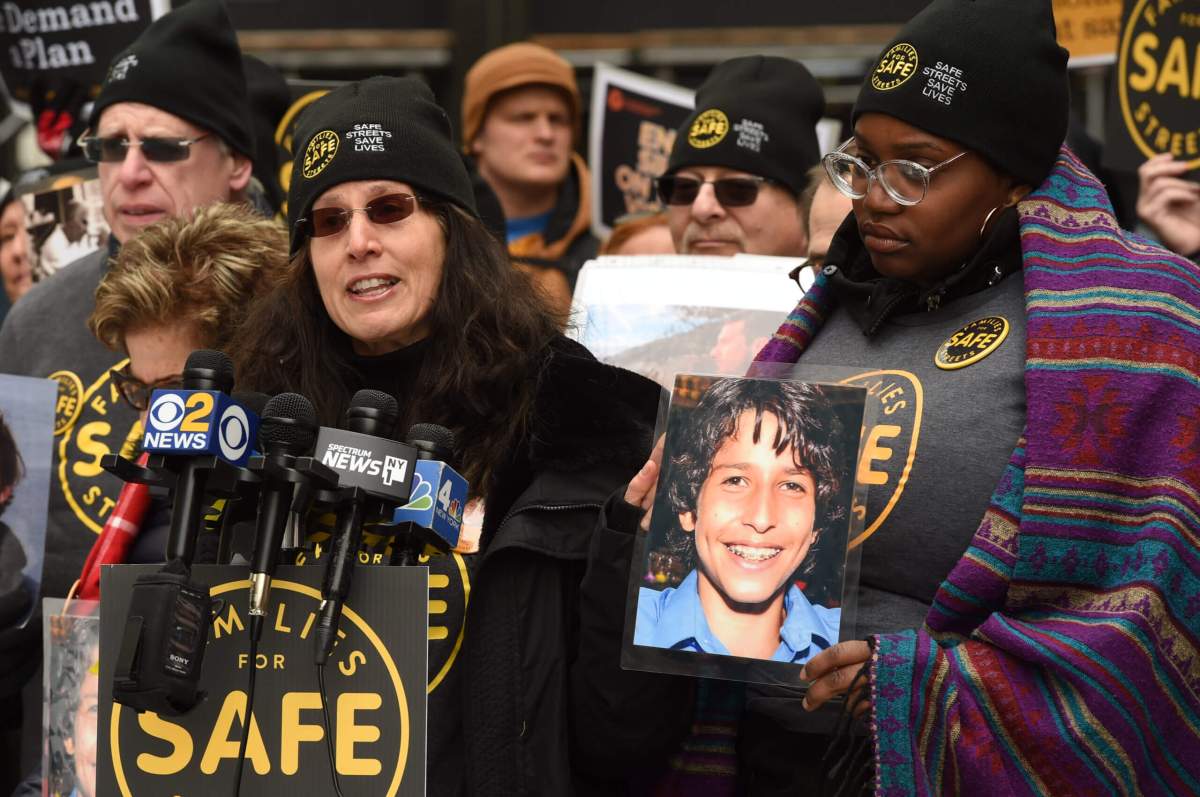Is it that we’re in the throes of a contagion of copycat “bad apple” conduct involving some of the players pledged to do the “protect and serve” bit in our communities? Copycat practice so frequently makes it into the conversation on the law enforcement side as a probability in seemingly related instances of anti-social behavior. But the rash of episodes, for some time now, in which guys designated as guardians of the citizenry have acted more like outlaws, gives us pause as to whether the copycat phenomenon is also alive and well on the “good” side of the law-and-order divide.
Where else is to be found an explanation for this spate of wildness, where African American males are being made to feel even more vulnerable than they have been, thanks to assorted keepers of the peace appearing to totally dispense with civility in these black-white encounters? Frankly, looking beyond copycat behavior in attempting to determine what’s driving this ghastly business leads only to the ugliest of possible answers – blind hate resident in those by whose hands have come loss of life, distressed families and all the rest for affected persons of color.
Ever since teenager Trayvon Martin was shot and killed in Sanford, Florida in February 2012 by a neighborhood-watch guy who has since been seen to possess all the qualities of a jerk, we seem not to be able to endure for too long a period without news unfolding of white law-enforcement types causing an African American male to lose his life. Early this month when the now familiar narrative played out in South Carolina, a white cop’s concocted lie about what went down leading to his shooting Walter Scott to death was only exposed by the existence of a bystander’s video. Absent that video evidence, Scott’s death would presumably have been filed as a justified shooting, the horrific ending to Scott’s life coming after this rogue cop had stopped him for an alleged broken taillight. Also early in April, a white reserve sheriff’s deputy in Tulsa, Oklahoma claimed he mistakenly drew his gun instead of a Taser when he shot and killed unarmed Eric Harris. For starters, it’s mind-boggling, why the 73-year-old “pretend” lawman was even allowed to be in a position where, to fire or not fire a weapon, was among the decisions he might routinely be making while assuming his “part-time police” pose. So it goes.
Hence the head scratching. We are left to ponder why, with all the controversy, the publicity, the protests, the outrage that have ensued following the repeated senseless loss of life, there continue to be individuals on the law enforcement side who are apparently unmoved by this hideous blotch on the country’s social fabric and are prepared to keep right on treating black lives as very expendable. Why the unchecked epidemic we’re now experiencing? Are we at the mercy of every law enforcement team member across the country whose natural instinct and inclination is to be callously indifferent in his (or her) engagement of persons of color?
One conclusion that seems pretty obvious to draw from the current explosion of appalling cop behavior, as well as all in that vein that has preceded it, is that the perpetrators more than likely did not come overnight by a yen for such specifically targeted brutishness. The smart betting says the creep who fired eight times at a fleeing Walter Scott in South Carolina is predisposed to responding that way when the alleged wrongdoer is African American; that the encounter would have ended far differently had it been a Caucasian youth fleeing the scene. Likewise would there probably have been no chokehold applied in Staten Island had Eric Garner been a white man suspected of selling loose cigarettes.
All things considered, the copycat speculation isn’t one we should dismiss out of hand. It would be naïve of course to not acknowledge that in Middle America, in the north, south and wherever else there are among official upholders of the law some percentage of them with flawed temperament or psychological profile for the policing task. That within these might be found characters all agog at what transpired in Cleveland, in Tulsa, in South Carolina — and with who-knows-what these incidents inspire — is not a possibility one necessarily forecloses.
It would be foolhardy, as well, to not see what at times borders on craven indifference by supposedly good guys toward persons of color, in the context of a haunting national picture in this age of Obama that has unnerved us. The unprecedented presidential disrespect we now live with surely has tentacles elsewhere in the social spectrum. And we’re reminded of how much all the talk about Obama’s elevation ushering in a post-racial America was so much baloney.























